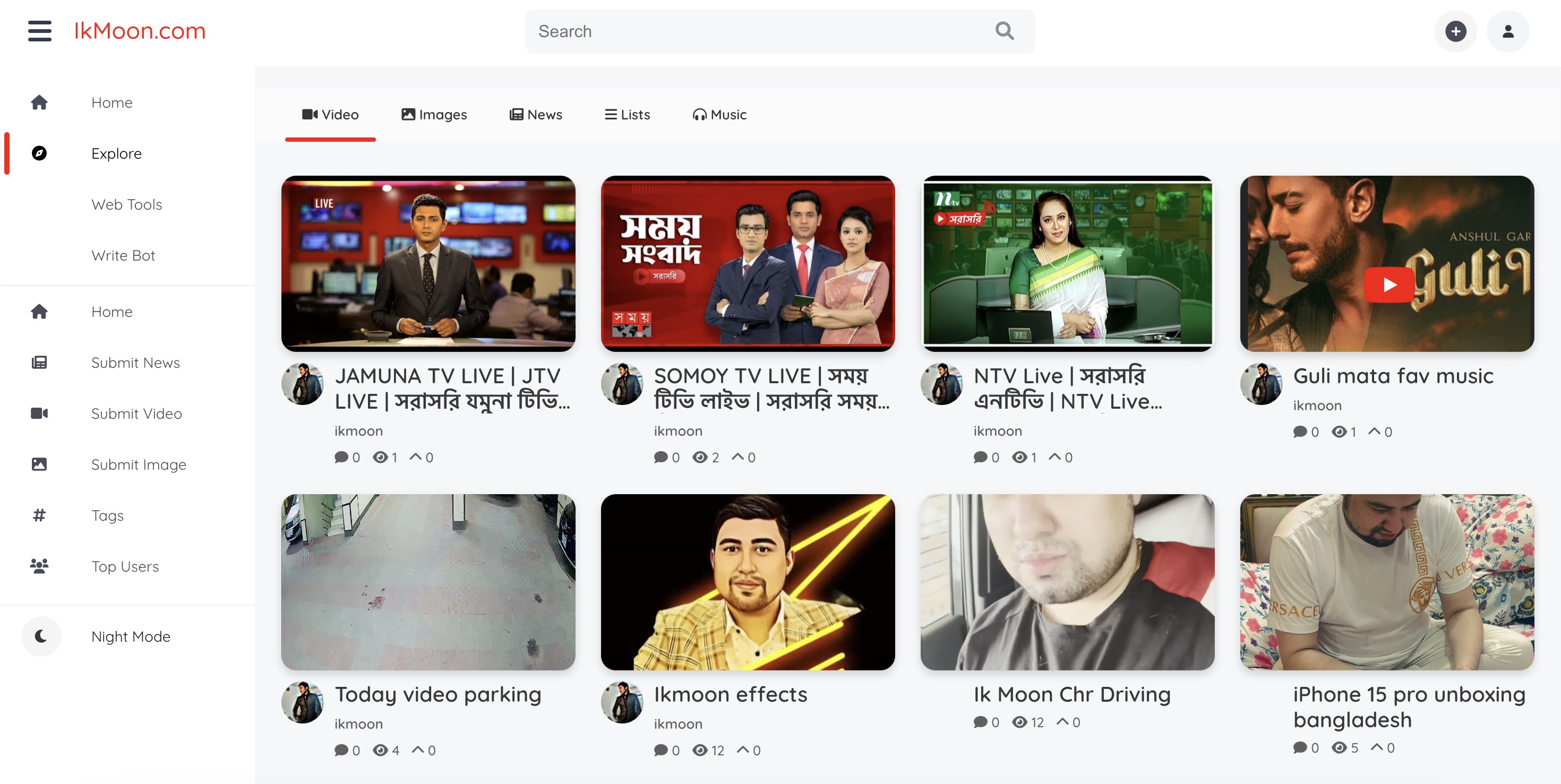Sui Move Explained: The Programming Language Powering the Sui Blockchain – Coincu
The post Sui Move Explained: The Programming Language Powering the Sui Blockchain – Coincu appeared on BitcoinEthereumNews.com. Sui Move represents an evolution in blockchain programming, building on the Move programming language’s focus on safety and efficiency. Tailored for the Sui blockchain, it promotes secure smart contract creation through an object-oriented model, which simplifies asset management. Additionally, Sui Move enables rapid transaction processing, crucial for decentralized applications (dApps). Unlike conventional smart contract languages, Sui Move introduces several innovations tailored for modern Web3 infrastructure. In this article, let’s explore how it works. What Is the Move Programming Language? Originally developed by Meta’s Diem blockchain team in 2019, the Move programming language was designed to address critical flaws in traditional smart contract development — including reentrancy vulnerabilities and poor asset control. After Diem’s shutdown, Move was open-sourced and adopted by projects like Aptos and Sui, each implementing their own variations. Move focuses on three key strengths: Resource-oriented programming for better asset management Static typing and deterministic execution for reliability Safety mechanisms that prevent common contract-level exploits Move’s structure provides a strong foundation for secure, high-performance dApps. On Sui, the language is further refined into what’s now known as Sui Move. The #Move programming language on Sui incorporates three fundamental innovations: the object-centric data model, programmable transaction blocks, and dynamic fields.

The post Sui Move Explained: The Programming Language Powering the Sui Blockchain – Coincu appeared on BitcoinEthereumNews.com.
Sui Move represents an evolution in blockchain programming, building on the Move programming language’s focus on safety and efficiency. Tailored for the Sui blockchain, it promotes secure smart contract creation through an object-oriented model, which simplifies asset management. Additionally, Sui Move enables rapid transaction processing, crucial for decentralized applications (dApps). Unlike conventional smart contract languages, Sui Move introduces several innovations tailored for modern Web3 infrastructure. In this article, let’s explore how it works. What Is the Move Programming Language? Originally developed by Meta’s Diem blockchain team in 2019, the Move programming language was designed to address critical flaws in traditional smart contract development — including reentrancy vulnerabilities and poor asset control. After Diem’s shutdown, Move was open-sourced and adopted by projects like Aptos and Sui, each implementing their own variations. Move focuses on three key strengths: Resource-oriented programming for better asset management Static typing and deterministic execution for reliability Safety mechanisms that prevent common contract-level exploits Move’s structure provides a strong foundation for secure, high-performance dApps. On Sui, the language is further refined into what’s now known as Sui Move. The #Move programming language on Sui incorporates three fundamental innovations: the object-centric data model, programmable transaction blocks, and dynamic fields.
What's Your Reaction?










































